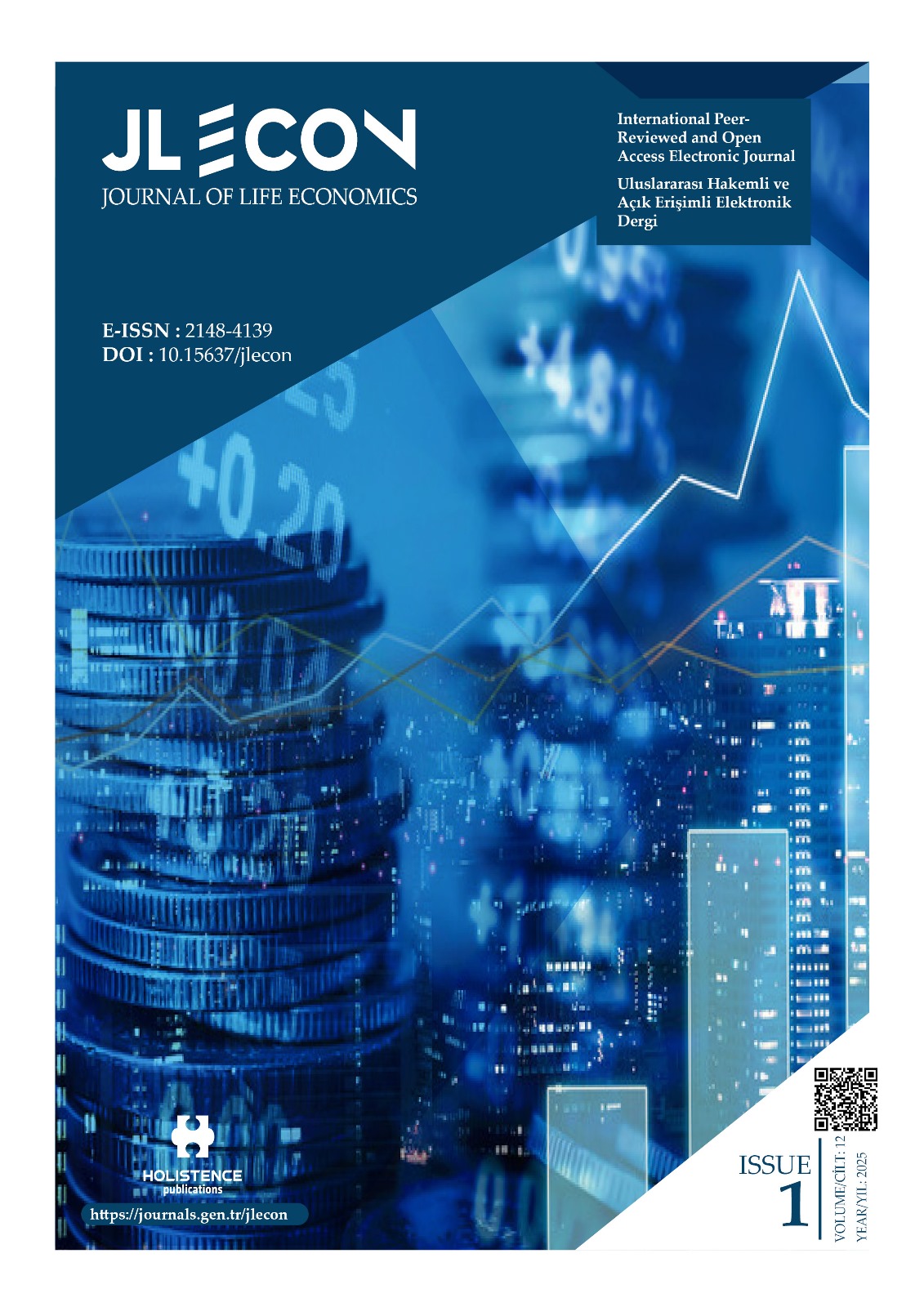Creative industries in global trade: An international competitiveness analysis
DOI:
https://doi.org/10.15637/jlecon.2691Keywords:
Creative Industries, International Competitiveness, Trade Indices, Export, ImportAbstract
Creative industries are increasingly recognized as key drivers of sustainable economic development. This study examines the international trade competitiveness of 226 economies in the creative industries, utilizing seven widely utilised indices of trade competitiveness for the most recent year data available, 2023. The analysis explores export, import, and trade balance patterns across various economic groups, regions, and major economies in creative industries. It also identifies the export value of the most traded ten creative industries products worldwide. Findings reveal that approximately 78% of the 226 countries exhibit comparative disadvantages or lack international competitiveness in creative industries. Notably, there is a high concentration of competitiveness in the creative industries around certain major countries, particularly in Asia-Pacific and European regions, including countries such as Türkiye, Italy, India, China, Indonesia, France, Vietnam, Poland, Portugal, Thailand, and Spain. Furthermore, 10 out of 262 creative industry products account for 52.4% of creative industries exports in the world, indicating a high level of product concentration in creative industries. This study also reveals that inter-industry trade, driven by comparative advantage, is the dominant pattern in international creative industries trade, with only around 3% of countries exhibiting intra-industry trade patterns.
Downloads
References
AKYÜZ, K. C., YILDIRIM, İ., ERSEN, N., AKYÜZ, İ. & MEMIŞ, D. 2020. Competitiveness of the Forest Products Industry in Turkey: The Revealed Comparative Advantage Index. Drewno. Prace Naukowe. Doniesienia. Komunikaty, 62, 155-170.
BALASSA, B. 1965. Trade Liberalisation and "Revealed" Comparative Advantage. The Manchester School, 33, 99-123.
CAI, J., LEUNG, P. & HISHAMUNDA, N. 2009. Assessment of Comparative Advantage in Aquaculture: Framework and Application on Selected Species in Developing Countries. Food and Agriculture Organization of the United Nations.
CAO, K. & NIU, J. 2017. Analysis on the International Competitiveness of Beijing’s Cultural Creative Industries. American Journal of Industrial and Business Management, 7, 143-159.
CHALA, V. 2015. The Peculiarities of Trade Specialization in Creative Industries in the Central and Eastern European Countries. Eastern Journal of European Studies, 6, 91-109.
CORREIA, C. M. & COSTA, J. D. S. 2014. Measuring Creativity in the EU Member States. Investigaciones Regionales, 7-26.
FANTOM, N. & SERAJUDDIN, U. 2016. The World Bank's Classification of Countries by Income. Policy Research Working Paper No. 7528. Washington, DC: World Bank.
FINDLAY, R. 1991. Comparative Advantage. In: EATWELL, J., MILGATE, M. & NEWMAN, P. (eds.) The World of Economics. London: Palgrave Macmillan UK.
FROHBERG, K. & HARTMANN, M. 1997. Comparing Measures of Competitiveness. Institute of Agricultural Development in Central and Eastern Europe (IAMO).
GOUVEA, R. & VORA, G. 2018. Creative Industries and Economic Growth: Stability of Creative Products Exports Earnings. Creative Industries Journal, 11, 22-53.
KONTRIMIENĖ, V. & MELNIKAS, B. 2017. Creative Industries: Development Processes under Contemporary Conditions of Globalization. Business, Management and Economics Engineering, 15, 109-126.
KRISIUKĖNIENĖ, D. & PILINKIENĖ, V. 2020. Export Competitiveness Analysis of Creative Industries in the European Union. Economics and Culture, 17, 28-37.
LAFAY, G. 1992. The Measurement of Revealed Comparative Advantages. In: DAGENAIS, M. G. & MUET, P. A. (eds.) International Trade Modelling. Motamen-Scobie, Homa: Springer.
RICARDO, D. 1817. On the Principles of Political Economy and Taxation, London : John Murray, 1817.
SHABAN, A. & VERMEYLEN, F. 2015. Trade in the Creative Sector: Comparing India with China, Brazil, and UK. Economic and Political Weekly, 50, 68-75.
SIMSEK, M. C. & ARTEMENKO, M. 2021. International Trade Competitiveness in Creative Industries. In: BILA, K. O., ed. Tourism and Creative Industries: Current Challenges: Proceedings of the International Scientific and Practical Conference, 15-16 April 2021 Oles Honchar Dnipro National University. Dnipro UKRAINE: Bila K.O., 89-92.
TRADE MAP 2024. Retrieved from www.trademap.org. from International Trade Centre, www.trademap.org
UNCTAD 2008. Creative Economy Report 2008: The Challenge of Assessing the Creative Economy towards Informed Policy-making New York: United Nations.
UNCTAD 2022. Creative Economy Outlook 2022, The International Year of Creative Economy for Sustainable Development: Pathway to Resilient Creative Industries. New York: United Nations.
UNCTAD 2024. Creative Economy Outlook 2024. New York: United Nations.
UNESCO 2022. Reshaping Policies for Creativity: Addressing Culture as a Global Public Good. Paris: UNESCO.
UNITED NATIONS GENERAL ASSEMBLY 2019. International Year of Creative Economy for Sustainable Development, 2021.
VOLLRATH, T. L. 1991. A Theoretical Evaluation of Alternative Trade Intensity Measures of Revealed Comparative Advantage. Weltwirtschaftliches Archiv, 127, 265-280.
Downloads
Published
How to Cite
Issue
Section
License
Copyright (c) 2025 Holistence Publications

This work is licensed under a Creative Commons Attribution 4.0 International License.
When the article is accepted for publication in the Journal of Life Economics, authors transfer all copyright in the article to the Holistence Publications.The authors reserve all proprietary right other than copyright, such as patent rights.
Everyone who is listed as an author in this article should have made a substantial, direct, intellectual contribution to the work and should take public responsibility for it.
This paper contains works that have not previously published or not under consideration for publication in other journals.

















